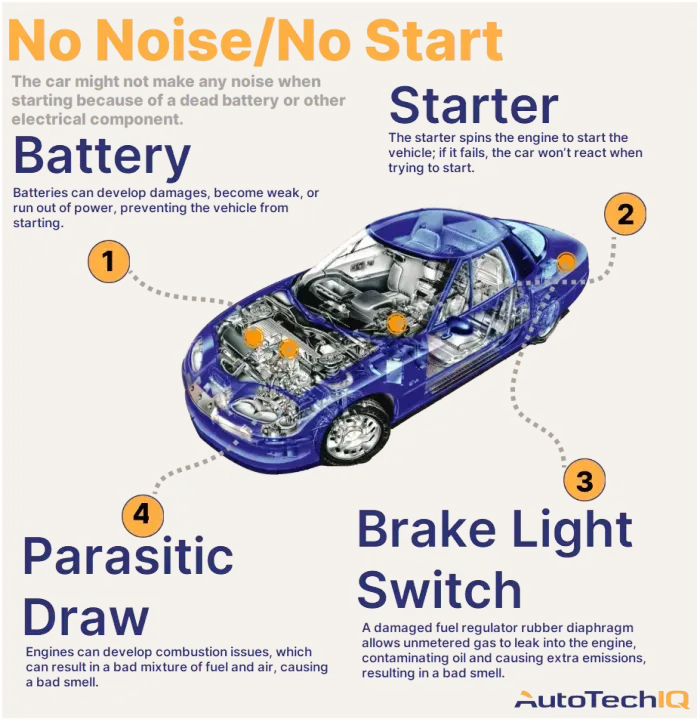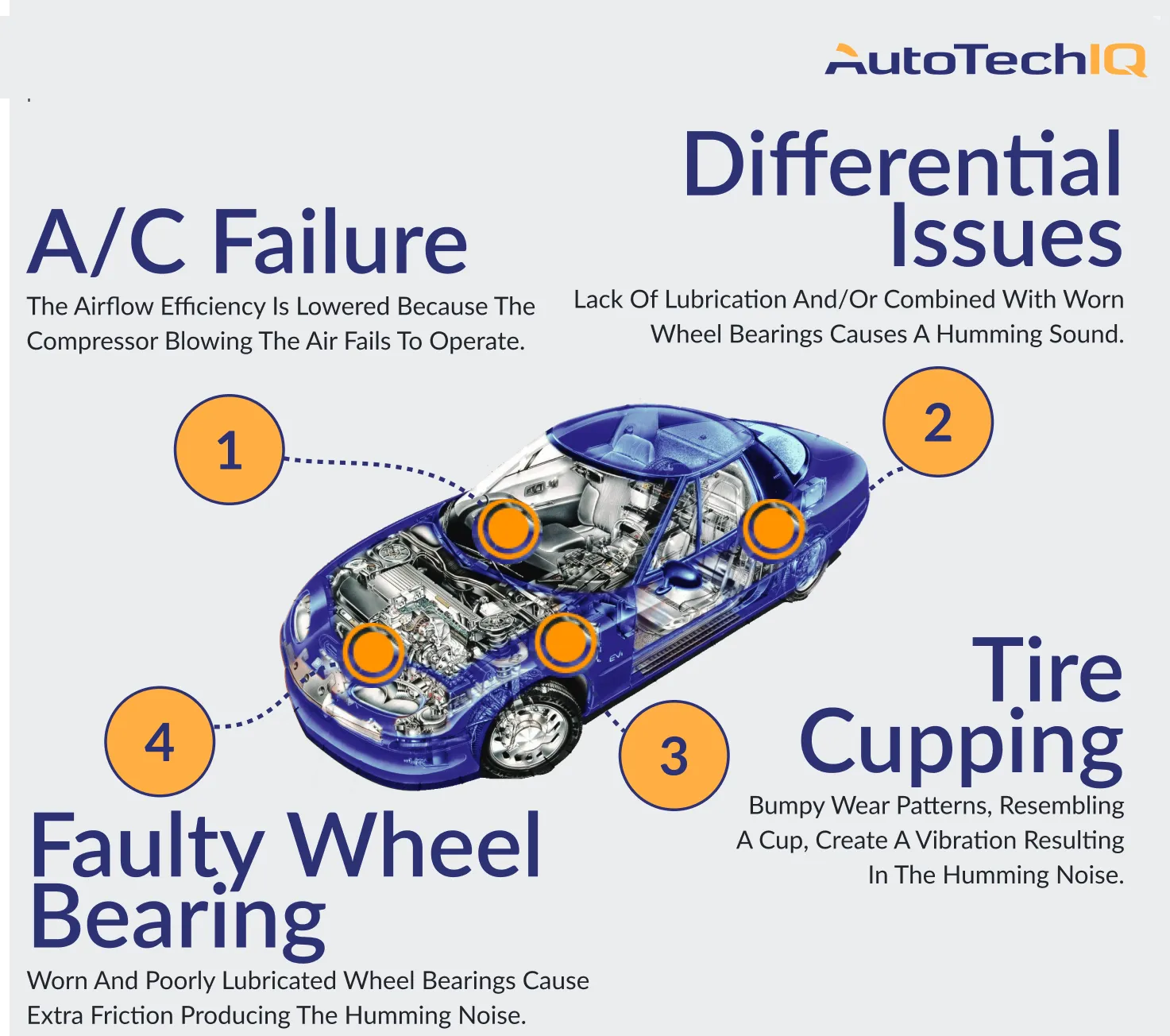
Is Your Car Not Starting And Making No Noise?
The cause for no noise when starting the engine is usually a dead battery. However, it can also be a faulty starter, which is related to the electrical system that actually initializes the car. Alternatively, it might even be a problem with the key fob.
We'll share everything you need to know about communicating with the mechanic if your car won't start. We'll also discuss what specific issues your car might have according to its symptoms.
Watch out: If your car makes no noise and fails to start, you must keep track of all evident symptoms. In this sense, note how the car behaves when you turn the key; does it make a click? Does it go completely silent? Any piece of information is vital at this stage. Remember that every detail helps the technician diagnose your car.



